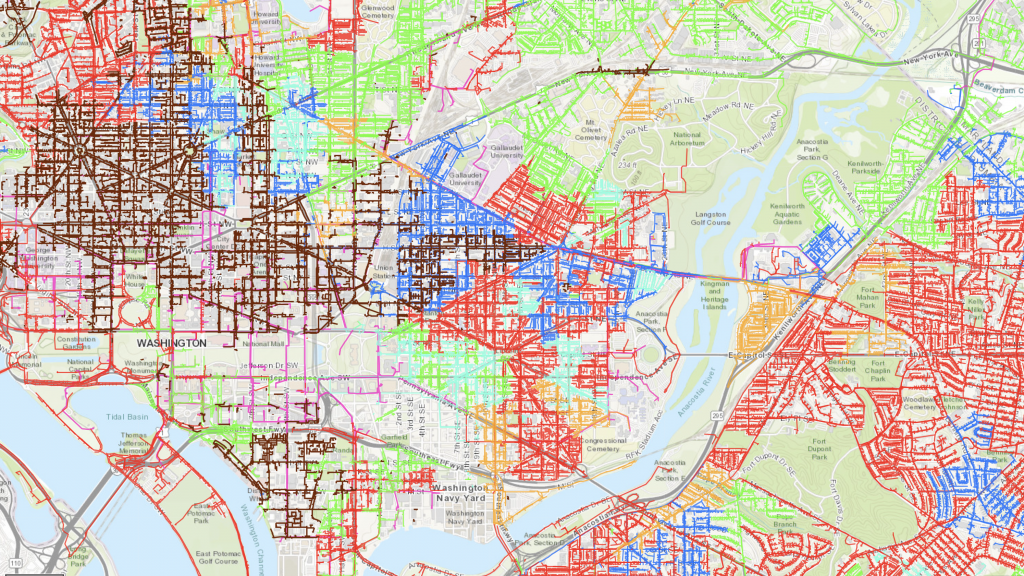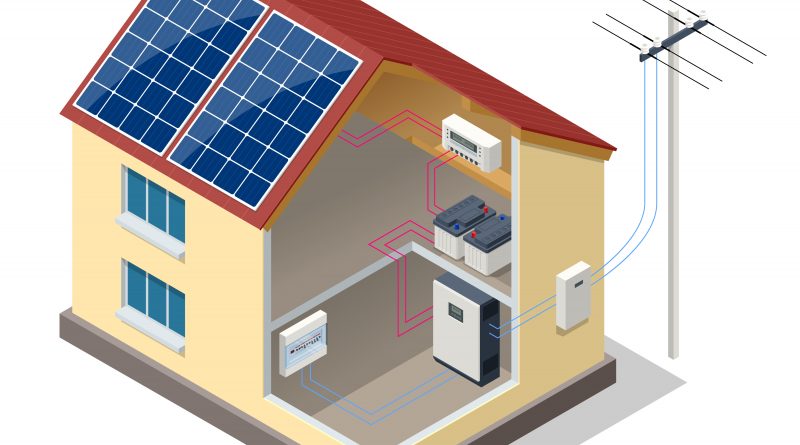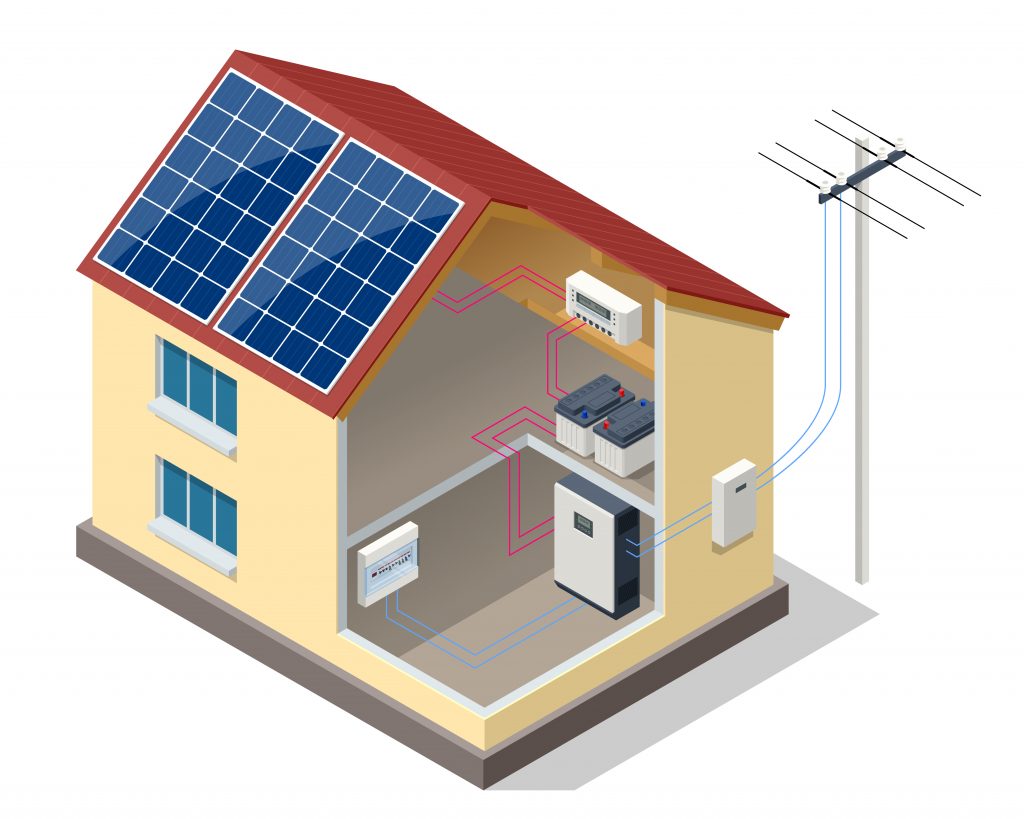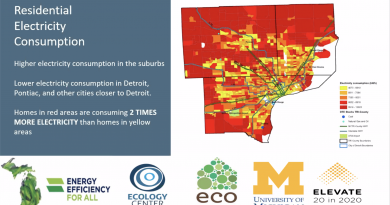Solar Power and EV’s, If Your Local Grid Is Up For The Challenge
Power grids of yore relied entirely on centralized, large-scale power generation. I’ve written about this at length, so you can go to some articles from earlier this year to learn about some of the benefits and drawbacks– where bigger is better and where it’s not. But decentralized, or distributed, systems, allow us for a substantially increased resiliency. When centralized generation– baseload generation, generally- stops working, as happened in Texas in February, we all lose power. Remember that power is generated and used virtually instantaneously, in a constant balancing act. That doesn’t have to be the case with distributed, or decentralized, generation– although there are a few footnotes to that statement. The question then: is the local power grid suited for widespread solar adoption? Solar panels on every roof, and a Tesla in every garage? The first, probably– the second, well, it depends.

The Power Grid Is A Series Of Tubes
It’s not something that you just dump something on– it’s a series of tubes. (RIP, Ted Stevens). So, a big question is local grid capacity. Power grids are divided into smaller sections, as you can see on the map below, which are a product of technical frameworks– voltage being stepped down from high-voltage to low-voltage, and so on, at your neighborhood level where the power comes in. You can only fill these tubes with so many electrons before you start having problems. Losses on lines increase, a process known as grid congestion.
A Home Example
Have you ever done thermal imaging on your home electrical panel? Of course you haven’t! But I have, and it’s interesting to see that a couple of the breakers get pretty warm– a product of large amounts of electricity going through them. If the ambient temperature in the basement is 68°F, they might occasionally get up closer to 100°F. Circuits are meant to shut off because of the risk of fire from overloading a circuit in terms of heat capacity.
It works the same way on a power grid, except we aren’t powering a dryer, we’re powering a few thousand dryers and a few thousand air conditioners. This becomes even worse when the power grid gets really hot. Demand spikes, which means more electricity through the wires, driving up temperatures. But when this combines with the heat of a particularly warm day, the transmission losses actually increase– a lot- when the lines get really hot, too.
Now, imagine the complexity of adding a DC fast charger to your garage for your Tesla. That’s, well, several dryers worth of power.

How Solar Power Fits Into It
Pepco, my current employer, which supplies DC and suburban Maryland (and beyond) with power, actually has a public mapping tool to show how this looks for the company. Exelon jumped into the community solar power game in recent years, although there are some caveats as to how it has to get done. In Pepco’s case, we aren’t a generation utility, so we’re not actually building the solar arrays, but we do facilitate their connections with the grid. There are all kinds of laws and regulations from federal and state agencies about what utilities are and aren’t allowed to do. I’m not an expert, but suffice it to say, it’s all FERC’d up– ostensibly intended to encourage competition. But it sometimes stymies things like, well, distributed solar investment.
On the map, The red and dark red areas are the most congested sections of the power grid that are least suitable for this type of new generation. The light-green and blue areas are better targets. It’s interesting to note that the areas with the highest densities– for example, downtown DC, the H Street corridor, and some other areas around Dupont or Logan Circle, which have experienced a boom in new development- are quite congested. The red areas, however, extend farther out. This phenomenon isn’t limited to any specific income basis or geography, if you’ll note from the historically lower-income areas of Southeast DC, the Rive Gauche of the Anacostia River, if you will, which have a lot of red, as well as some particularly wealthy and predominantly residential areas outside downtown proper.
Why is the capacity so varied?
Power grid capacities are determined in large part by the size of the conductors that transmit the electricity. If a neighborhood is built with single-family housing and then it grows to include a lot of multi-family housing later, it’s probable that the original distribution capacity will have to be upgraded. There are ways to plan for this– to futureproof, perhaps, or to ensure that upgrades are affordable and less invasive. For my thesis research, I looked at things like the idea of a Dig Once policy, which is a regulatory mechanism to coordinate the digging up of streets and replacing of lines to ensure that multiple things get done at once, as opposed to digging up a street multiple times. We see too many occasions where a street gets repaved and then, shortly thereafter, chopped up again to replace some kind of infrastructure, whether power lines buried underground or broadband interweb or water supply. This isn’t necessary! It just requires coordination.
A limited grid capacity is less of an issue for residential rooftop solar than it is for big, new development, which would bring increased loads. Electric vehicle adoption will drive this up as well. For rooftop solar, though, systems can easily be tied into a local power grid if they are compatible as a matter of scale. This is less of an issue with residential systems. For bigger installations, there are other issues that go beyond the Pepco map that have to do with voltage in the big picture of the grid. Wrote Rao Konidena last fall (emphasis added):
…property developers need to know the difference between the distribution grid and the transmission grid. In the distribution system, lower voltages such as 34.5 kV are on the primary side, and voltage classes such as 120 V (residential) are on the secondary side—this primary and secondary voltage variation in the distribution system matters for a solar interconnection size. A 5-kW solar project can hook up to the residential system at 120 V, but not a 250-kW solar system. Solar systems with capacities above 250 kW are interconnected at distribution substations and feeders that require transformers to transfer that energy to the energy highway.
Conclusions
If you’re looking at getting solar panels installed on your house, chances are that you’re not going to be able to offset all of your usage anyway, because of the limited size of the average rooftop. But you can certainly offset a chunk– and cop that tax credit, accordingly. Just remember that, irrespective of local grid capacity, if your local grid goes down, so, too, does your house. That’s how it’s set up to work. The only way around this is to install a battery backup system, which comes with its own set of challenges, the biggest one being expense.
As utility-scale battery storage— think, a bank of batteries around the corner from the crib, as opposed to a local transformer (those chonky green boxes you sometimes see by the side of a road or a subdivision), has increased by leaps and bounds in recent years. Costs continue to decrease. It’s possible that these will be able to connect more seamlessly with rooftop solar power systems, and supply– through microgrids or what have you- your block in the event of a power outage, even if the rest of the grid is borked for the interim. Decentralization is a step toward making this happen– but it faces numerous challenges, locally and nationally, as far as grid capacity. Fortunately, most of these upgrades can and do come locally. It is just a question of making sure your utility is being proactive about it.





